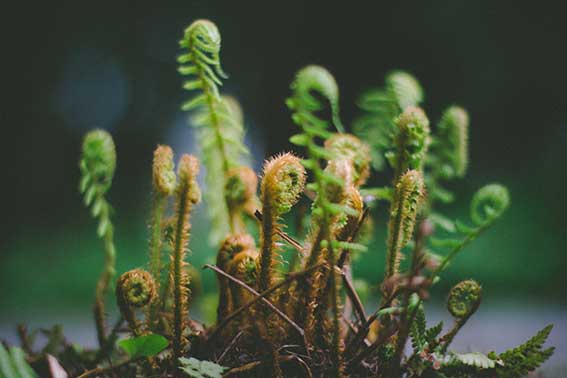
Ferns are at their most diverse and abundant in the world’s tropical rainforests. This warm and humid ecosystem is heaven for these plants, which unfurl their feather-like leaves in the damp and shaded understory. So how did they ever come to colonise British living rooms?
If you have a potted fern at home, your choice of household companion may have something to do with the Victorians. Pteridomania (pterido comes from pteris, the Greek word for fern) seized Britain in the 19th century, as people competed to cultivate ferns at home and in specialised greenhouses.
Only 70 species of fern can be found in the UK wild, but you can buy over 500 species as house or garden plants today. That’s if you fancy the challenge of growing these fussy flora at home, of course. Ferns are notoriously difficult to keep alive. Too much water and the plant’s roots rot. Too little water and the plant starts sucking up air, causing a blockage which kills it.
Their sensitivity to temperature and rain make ferns ideal indicators for environmental conditions. For example, if your fern’s tips go brown then it probably means the air in your house is too dry.
This property also makes ferns very useful for scientists trying to understand how ecosystems are coping with climate change. By studying how these ancient plants have responded to environmental changes in the past, botanists hope to open a window into the future of the world’s tropical forests.
Read further the fascinating world of Ferns: https://theconversation.com/ferns-the-houseplants-that-reveal-how-tropical-rainforests-are-responding-to-climate-change-175397

